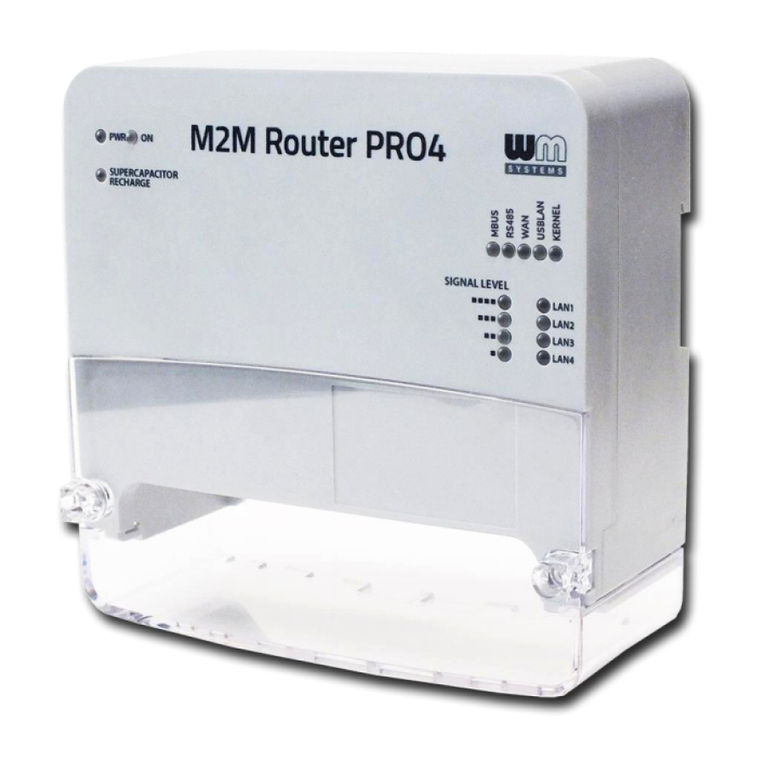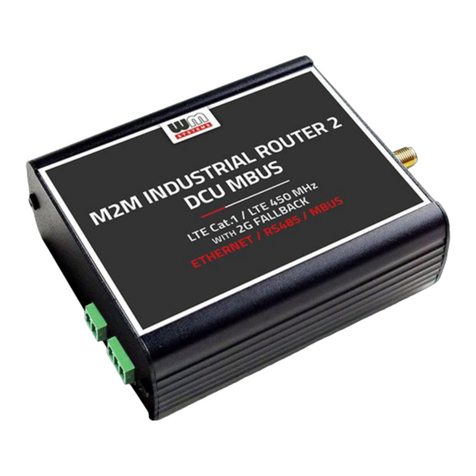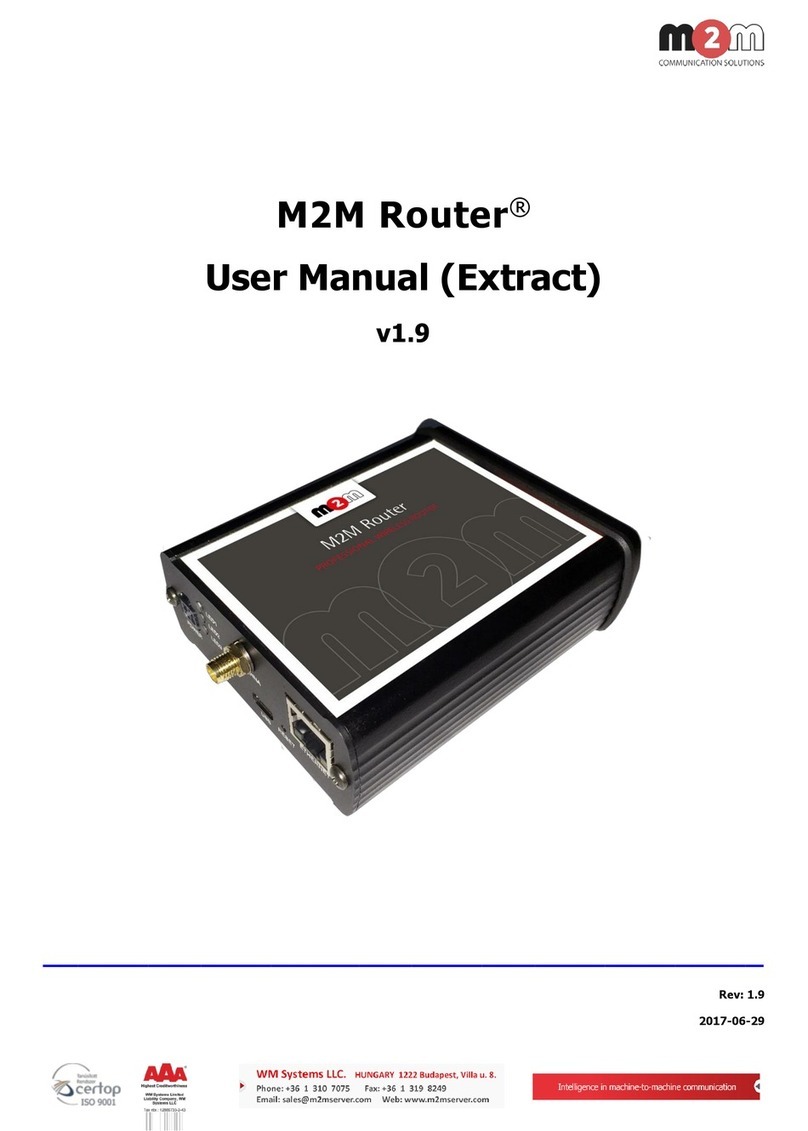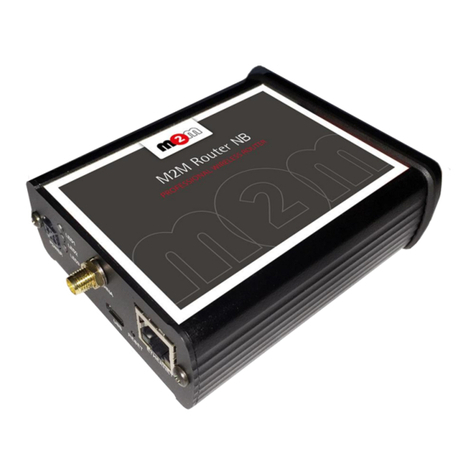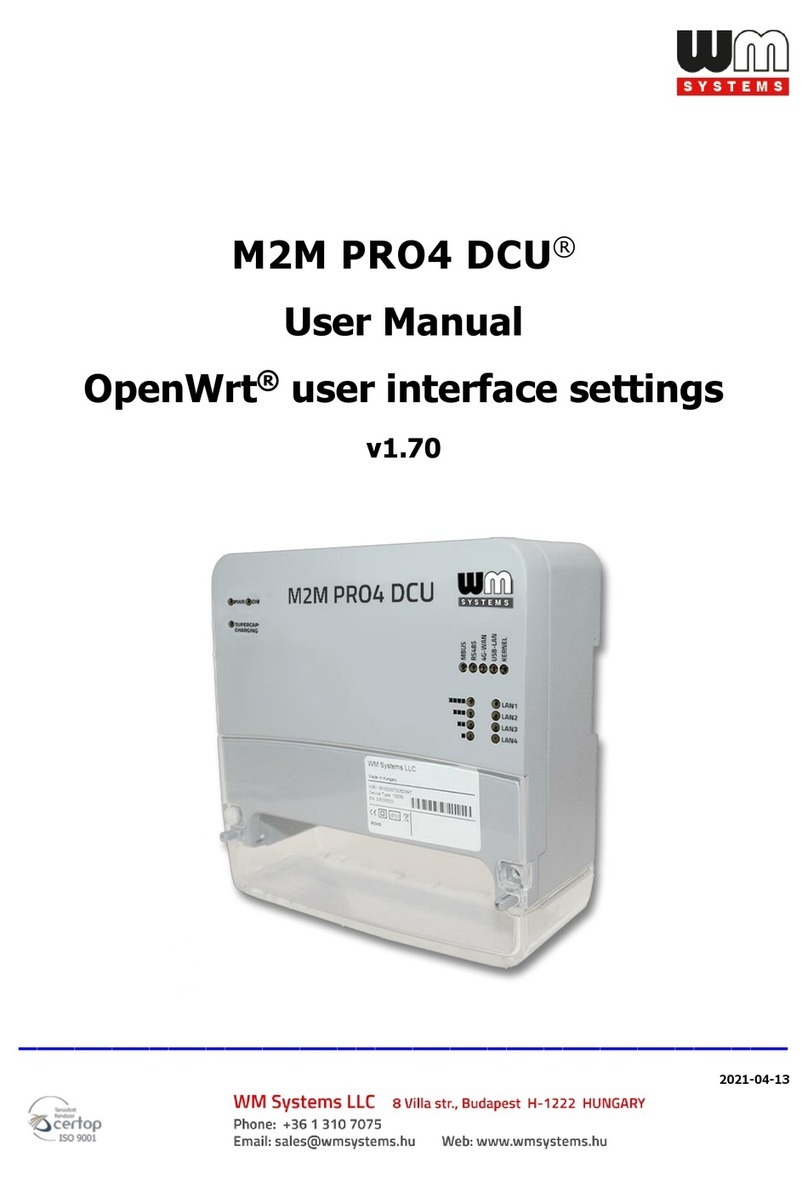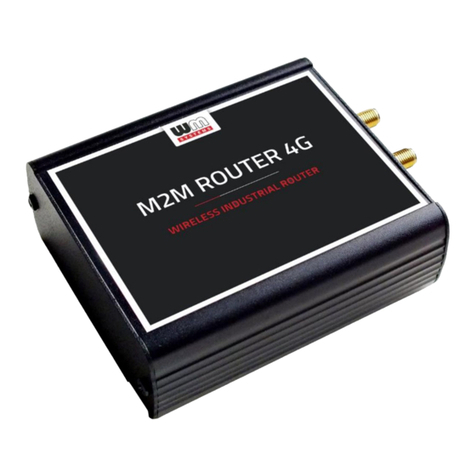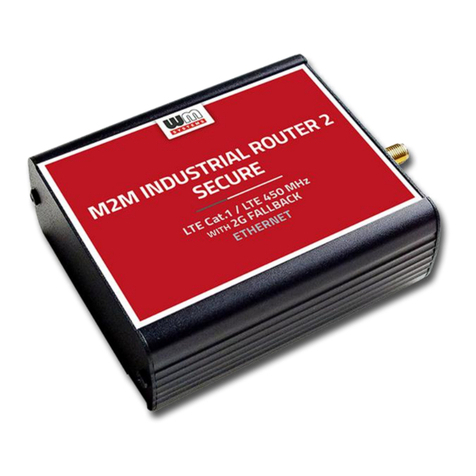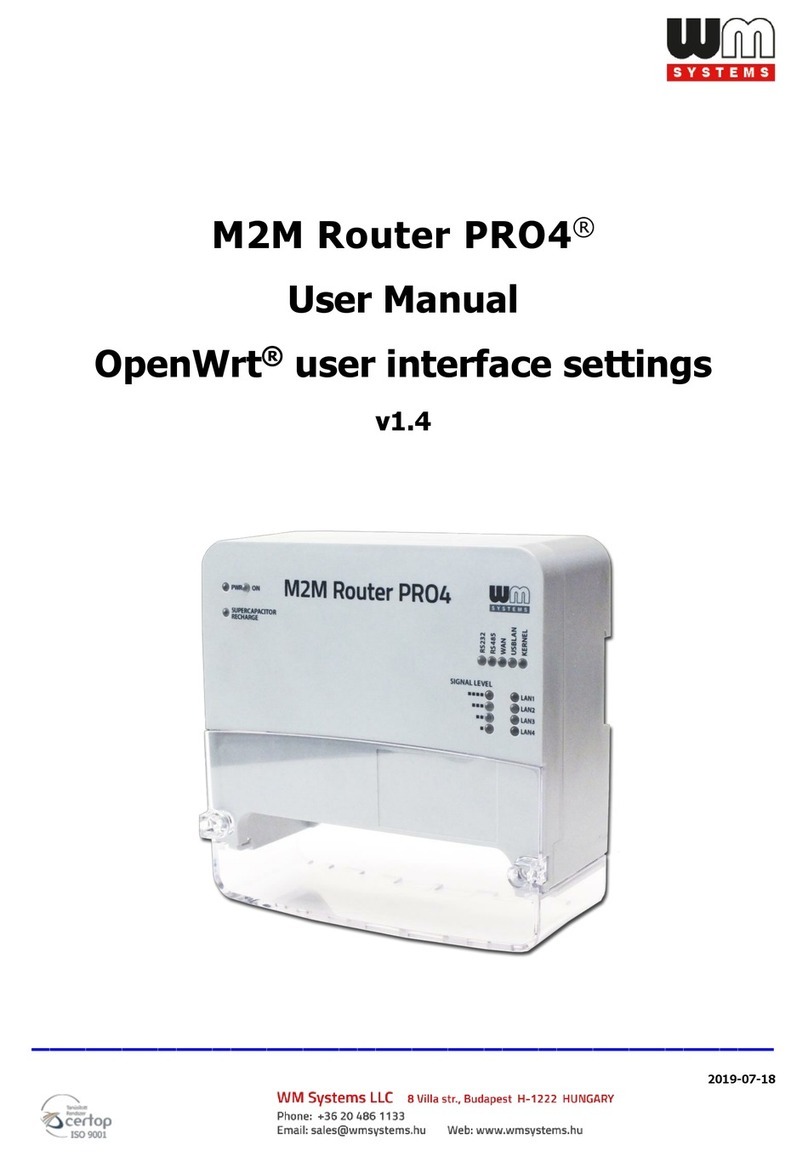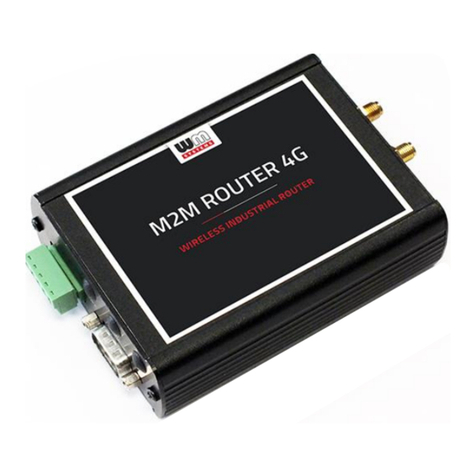Warning: In order to comply with FCC radio frequency (RF) exposure limits, antennas should
be located at a minimum of 7.9 inches (20 cm) or more from the body of all persons.
Statement 332
Warning: Do not work on the system or connect or disconnect cables during periods of
lightning activity. Statement 1001
Warning: Before performing any of the following procedures, ensure that power is removed
from the DC circuit. Statement 1003
Warning: Read the installation instructions before you connect the system to its power source.
Statement 1004
Warning: This product relies on the building’s installation for short-circuit (overcurrent)
protection. Ensure that the protective device is rated not greater than: 20A. Statement 1005
Warning: This unit is intended for installation in restricted access areas. A restricted access
area can be accessed only through the use of a special tool, lock and key, or other means of
security. Statement 1017
Warning: The plug-socket combination must be accessible at all times, because it serves as the
main disconnecting device. Statement 1019
Warning: This equipment must be grounded. Never defeat the ground conductor or operate
the equipment in the absence of a suitably installed ground conductor. Contact the appropriate
electrical inspection authority or an electrician if you are uncertain that suitable grounding is
available. Statement 1024
Warning: This unit might have more than one power supply connection. All connections must
be removed to de-energize the unit. Statement 1028
Warning: Only trained and qualified personnel should be allowed to install, replace, or service
this equipment. Statement 1030
Warning: Ultimate disposal of this product should be handled according to all national laws and
regulations. Statement 1040
Warning: For connections outside the building where the equipment is installed, the following
ports must be connected through an approved network termination unit with integral circuit
protection:
10/100 Ethernet. Statement 1044
Warning: To prevent the system from overheating, do not operate it in an area that exceeds
the maximum recommended ambient temperature of: Statement 1047
Warning: Installation of the equipment must comply with local and national electrical codes.
